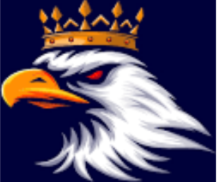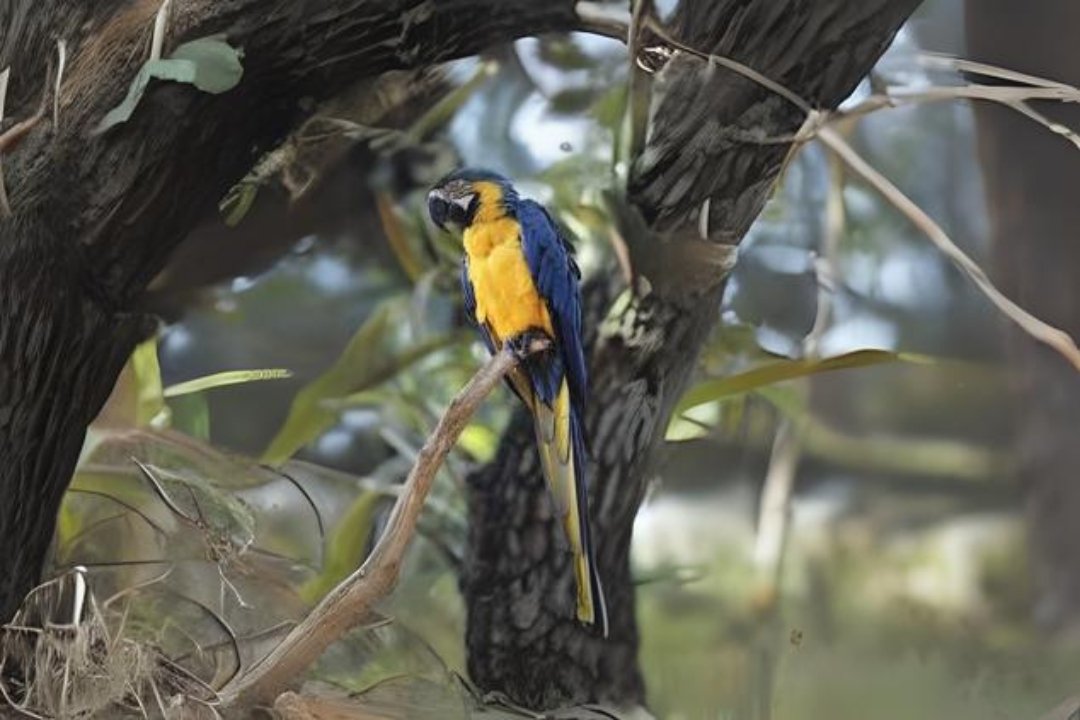Introduction to the True Parrot
The True parrots, belonging to the family Psittacidae, are renowned for their colorful plumage, remarkable intelligence, and distinct personalities. This article offers a deep dive into the world of true parrots, exploring their taxonomy, natural history, ecological roles, conservation challenges, and cultural significance across their global range.
Taxonomy and Classification
The True parrots encompass a diverse group of over 350 species classified into multiple genera, including Amazonas, Ara, and Eclectic, among others. They are characterized by their sturdy bodies, strong curved bills, and zygodactyl feet, which provide them with exceptional climbing and grasping abilities.
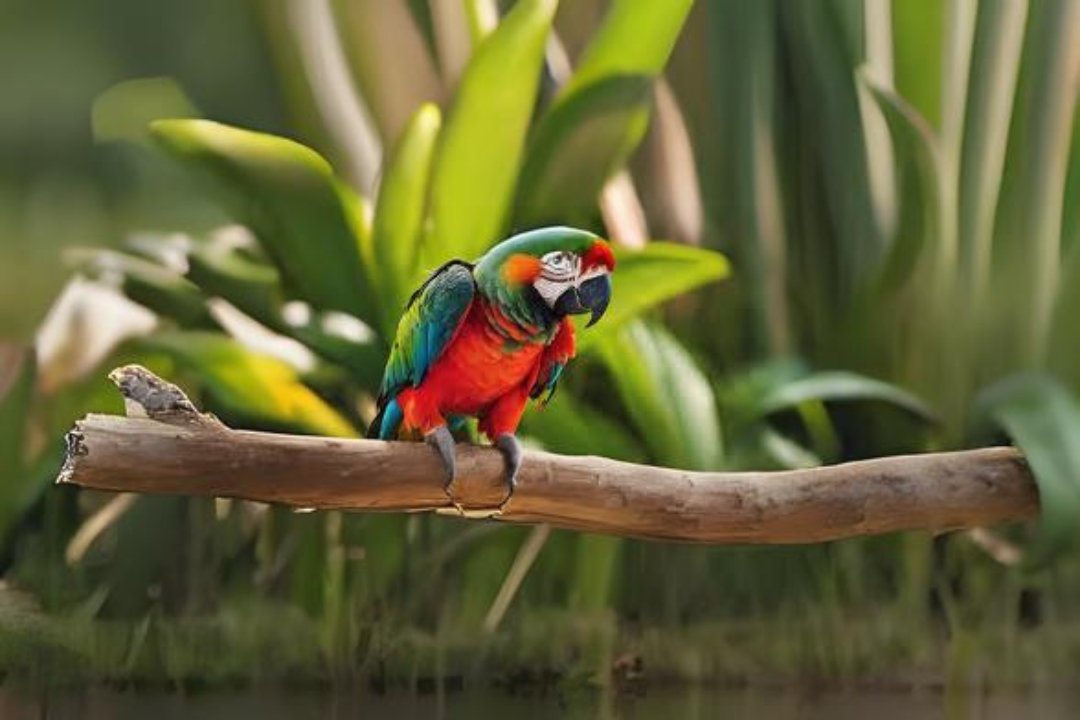
Geographic Distribution
True parrots are distributed across tropical and subtropical regions worldwide, with the highest diversity found in South America, Africa, Australia, and Southeast Asia. They inhabit a variety of habitats, ranging from rainforests and woodlands to savannas and coastal regions, demonstrating their adaptability to different ecological niches.
Physical Characteristics
True parrots exhibit a wide range of sizes, from the diminutive pygmy parrots to the large macaws and cockatoos. Their plumage displays vibrant colors such as reds, blues, greens, and yellows, often combined with intricate patterns and markings that serve both decorative and camouflaging purposes in their natural habitats.
Feeding Ecology
The diet of true parrots is primarily herbivorous, consisting of fruits, seeds, nuts, berries, flowers, and sometimes insects. They have specialized beaks and tongues adapted for cracking open tough shells, husking seeds, and extracting pollen and nectar from flowers. Parrots play a crucial role as seed dispersers, contributing to the regeneration of plant communities in their ecosystems.
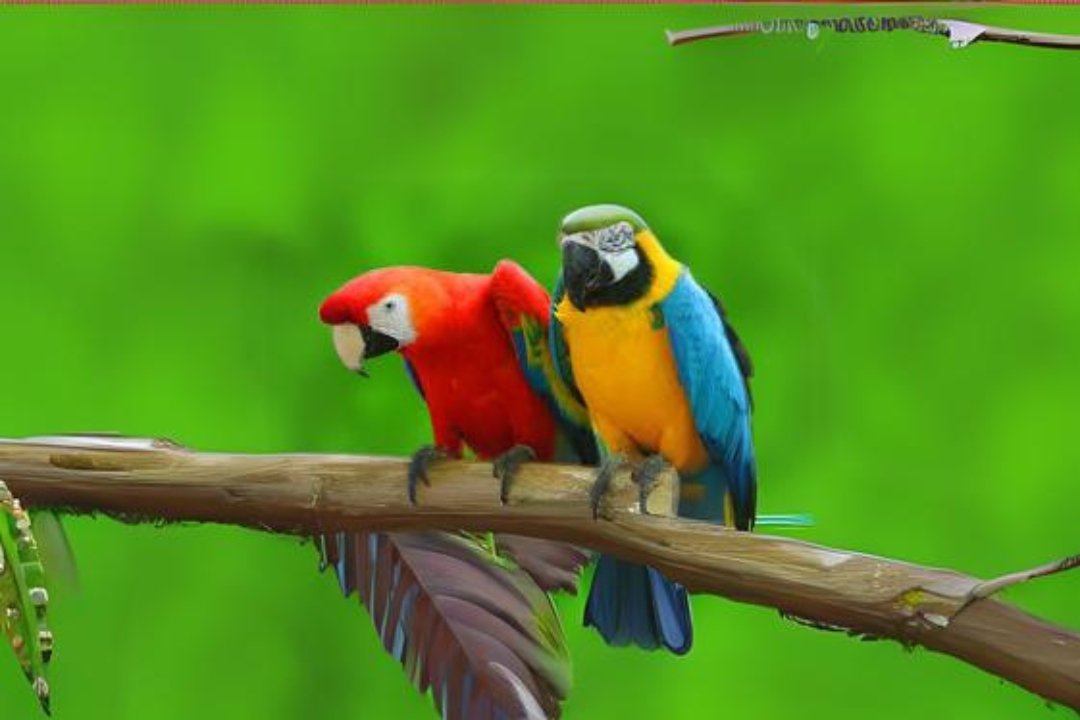
Social Structure and Behavior
True parrots are highly social birds that form complex social structures within flocks. They communicate through a repertoire of vocalizations, including squawks, whistles, and mimicry of environmental sounds and human speech. Social behaviors include grooming, play activities, and communal roosting, fostering bonds among group members and facilitating cooperative behaviors.
Reproduction and Parental Care
Breeding among true parrots is often seasonal and influenced by factors such as food availability and weather conditions. Courtship displays involve elaborate dances, vocalizations, and displays of plumage to attract mates. Nesting habits vary among species, with nests constructed in tree cavities, cliffs, burrows, or ground-level vegetation. Both parents share responsibilities in incubating eggs, feeding hatchlings, and protecting the nest from predators.
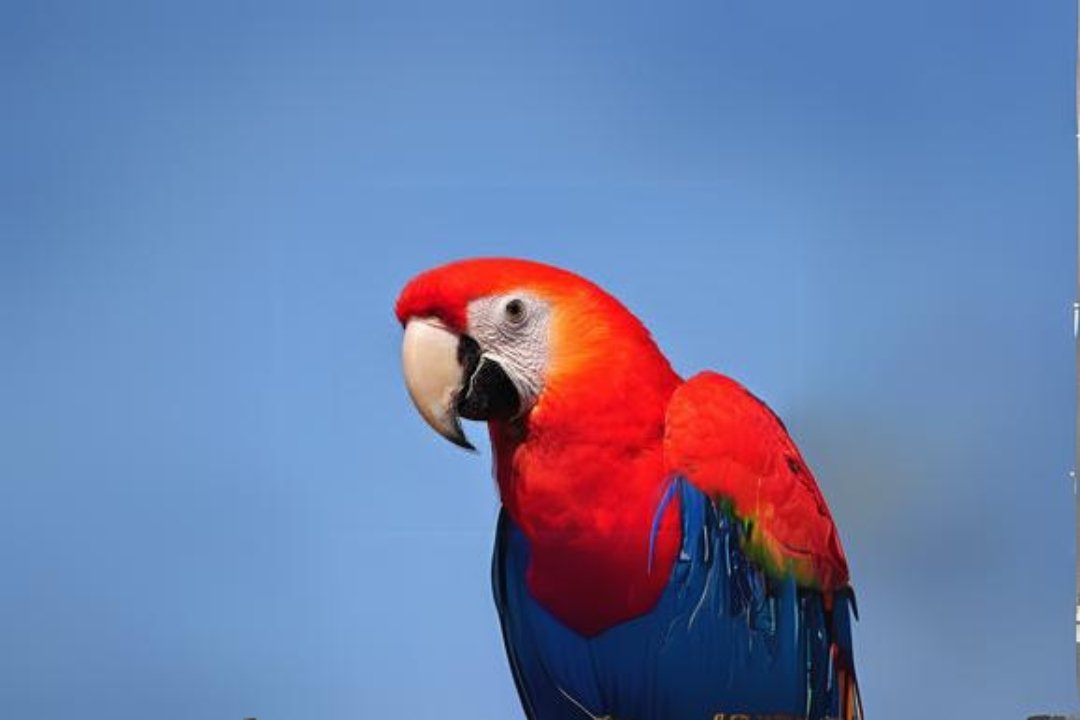
Conservation Status
Many species of true parrots face significant conservation challenges due to habitat loss and degradation caused by deforestation, agricultural expansion, and urbanization. Additionally, illegal wildlife trade for pets and traditional medicines poses a serious threat to wild populations. As a result, several species are classified as endangered or critically endangered on the IUCN Red List, necessitating urgent conservation action.
Conservation Efforts and Initiatives
Conservation efforts aimed at protecting true parrots focus on habitat conservation, restoration of degraded ecosystems, and enforcement of wildlife protection laws. Initiatives also include captive breeding programs, rehabilitation centers for confiscated birds, and community-based conservation projects that engage local communities in conservation stewardship and sustainable livelihoods.
Cultural Significance
True parrots hold cultural significance in many indigenous cultures and societies worldwide, where they are revered as symbols of beauty, wisdom, and spiritual connection to nature. Their vibrant plumage and vocal abilities have inspired art, folklore, and religious ceremonies, enriching cultural heritage and fostering conservation awareness among diverse communities.
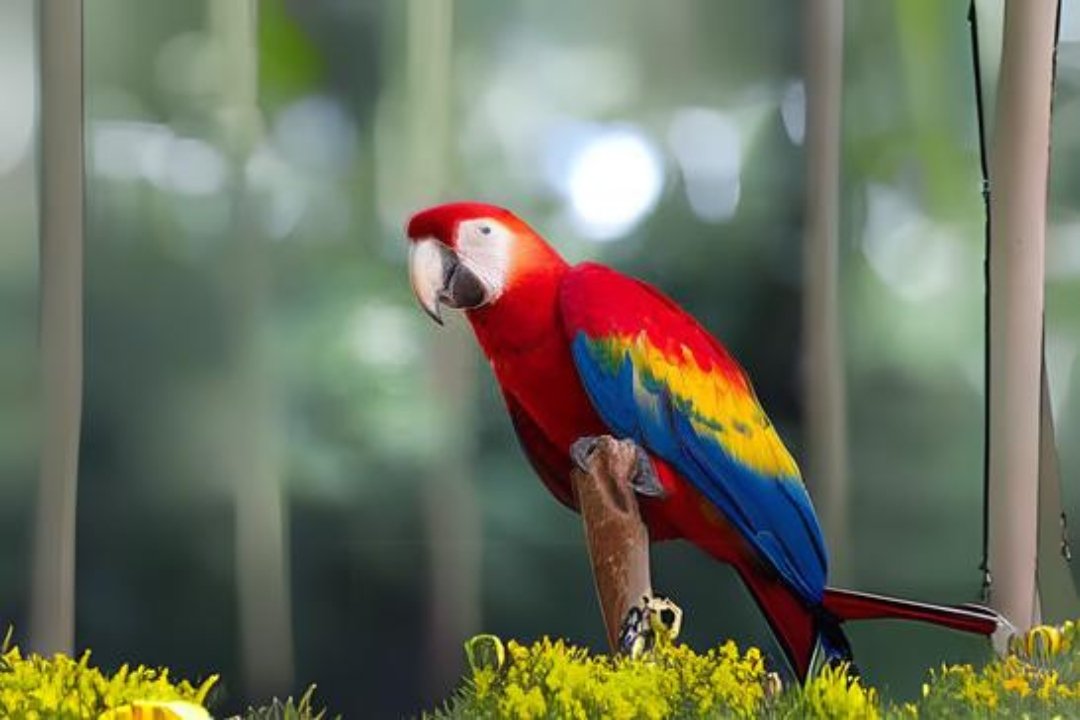
Research Advances and Future Directions
Recent advancements in research technologies, such as genetic analysis, satellite telemetry, and ecological modeling, have enhanced our understanding of true parrot biology, behavior, and population dynamics. Future research priorities include studying the impacts of climate change, disease outbreaks, and human-wildlife interactions on parrot populations, as well as developing innovative conservation strategies to mitigate these threats.
Conclusion
In conclusion, true parrots epitomize biodiversity and cultural richness in the avian world, playing essential ecological roles as seed dispersers and cultural roles in human societies. By prioritizing conservation efforts that protect their habitats, combat illegal wildlife trade, and promote sustainable practices, we can ensure a future where these charismatic birds thrive in their natural environments for generations to come.
This expanded article provides a comprehensive exploration of true parrots, covering their taxonomy, distribution, morphology, behavior, conservation challenges, cultural significance, and the importance of research and conservation efforts. Each section can be further enriched with scientific data, case studies, expert insights, and examples from specific parrot species to offer a detailed understanding of these captivating birds.
